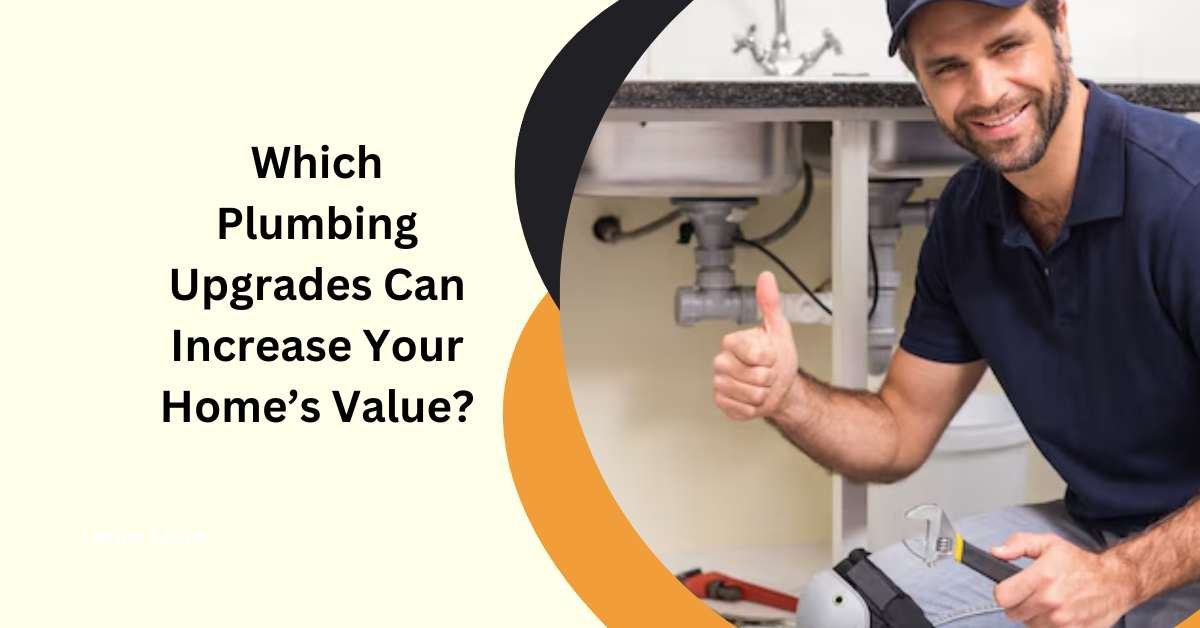A Quick Guide Of Spotting Mold With UV Light
UV light is a helpful tool for detecting black mold, especially in dark or hard-to-reach areas. Mold, including black mold, can fluoresce under UV light, emitting a visible glow, making it easier to spot potential growth. To use UV light effectively, create a dark environment. Shine the light on suspected areas like damp spaces, air ducts, or behind walls. Look for glowing spots. However, not all molds fluoresce, so visual inspections and air testing are also necessary. Follow safety precautions, like wearing gloves and masks. For larger infestations, seek professional help.

Why Black Mold Loves To Hide: Recognizing The Need For Detection
Black mold (Stachybotrys chartarum) grows in moist environments and can thrive in places you might not think to check. Bathrooms, basements, crawlspaces, and even behind wallpaper are common spots. If undetected, this mold can produce allergens and irritants. They may cause respiratory issues, headaches, and skin irritation. So, it’s vital to invest in professional mold removal in Indiana. Or, if you’re adventurous, try finding it yourself with a UV light.
UV lights, also known as black lights, can reveal substances that aren’t visible to the naked eye, such as mold spores. In some cases, UV light detection can help before calling a mold remediation company in Indiana for more thorough testing and cleanup.
How To Detect Black Mold With UV Light: The Steps You Need To Know
Detecting black mold with UV light is fairly simple, but to get the best results, follow these steps carefully. If at any point you feel overwhelmed, it’s best to contact a professional for assistance.
1. Choose The Right UV Light
Not all UV lights are created equal. For mold detection, you need a long-wave UV light (also known as UV-A light). This type of light is less harmful than the short-wave kind and works effectively to reveal mold growth. Most professional mold remediation services in Indiana use these UV lights for inspections. You can find a handheld UV light or a UV flashlight at a hardware store.
2. Prepare The Space
Turn off the lights and ensure the room is as dark as possible. The UV light works best in low-light conditions, making mold spots more visible. Mold tends to absorb the UV light and emit a faint glow, often appearing in colors like yellow, green, or white.
3. Use The UV Light On Suspected Areas
Shine the UV light on areas where mold might grow, such as around windows, in bathrooms, or on walls that have had water damage. Pay close attention to corners, ceiling edges, and spaces behind furniture. This is where mold typically hides. If you see any glowing patches, there’s a good chance mold is present.
If the glow looks like black mold, it’s wise to call a mold remediation service in Indiana. They can confirm the issue and start the cleanup.
4. Be Careful With Your Findings
While UV lights can help identify black mold, they may not always give you the full picture. Some areas might require additional testing. Homeowners often rely on mold testing in Indiana to identify the type of mold and the severity of the situation. This is where professional companies come into play. Experts will use advanced equipment to confirm what kind of mold is present and create a plan for remediation.
When To Call For Professional Help: Understanding The Signs
Even if you detect mold with a UV light, knowing when to bring in the professionals is crucial. You might be tempted to clean the mold yourself, but doing so improperly can lead to spreading spores or missing critical areas. Hire pros for mold removal in Indiana. They will eliminate it and protects your health and home.
Here are some signs it’s time to contact a mold remediation company in Indiana:
- You spot a large area of mold (more than 10 square feet).
- The mold is growing in hard-to-reach places, like within walls or under flooring.
- You or your family have persistent allergy-like symptoms, like sneezing, coughing, or headaches.
- You’ve had past issues with water damage or leaks.
A Handy Table For Mold Detection with UV Light
| Step | Description |
| UV Light Type | Long-wave UV light (UV-A) for detecting black mold. |
| Best Detection Areas | Bathrooms, basements, crawl spaces, around windows, behind furniture. |
| Detection Method | Turn off all lights and shine the UV light in suspected mold areas. |
| Signs of Mold | Yellow, green, or white glowing patches when using the UV light. |
| Next Steps | If mold is detected, consider professional mold remediation services Indiana. |
Why You Shouldn’t Skip Testing: The Importance of Mold Testing
After detecting mold, it’s crucial to understand what you’re dealing with. While black mold is one of the more harmful types, other molds can be present in your home too. Opting for mold testing in Indiana can help you determine the exact type of mold, its concentration, and whether it’s toxic.
Testing services often include air and surface sampling. Proficient mold removal services in Indiana can handle both tasks. Once you know what type of mold you’re dealing with, you’ll have a better idea of what steps to take next. This will also ensure you’re not facing recurring mold issues after the cleanup.
Taking the Next Step: Is It Time for Mold Remediation?
If you’ve used a UV light to find mold, or just suspect it’s there, you must start remediation once you confirm the problem. While DIY fixes may seem tempting, they’re often not enough to handle widespread or dangerous mold growth.
A mold removal company Indiana will assess the situation and create a custom remediation plan. This often means removing affected materials and deep cleaning. It may also require special treatments to prevent future growth. If you’re facing black mold, they’ll also address any water issues or leaks that may be contributing to the growth.
For homeowners dealing with black mold, professional mold remediation Indiana can give peace of mind. The experts will ensure that your home is safe, healthy, and mold-free, protecting both your property and your family’s well-being.
Moving Forward Safely: Keeping Your Home Mold-Free With UV Light
Now that you understand how to detect black mold with UV light, the next step is preventing it from returning. Mold thrives in moisture, so keeping your home dry is crucial. Here are some easy tips to reduce the chances of mold growth:
- Fix any leaks promptly, whether from plumbing or roofing.
- Use dehumidifiers in areas like basements and bathrooms to reduce moisture levels.
- Ensure your home has proper ventilation, especially in rooms prone to dampness.
- Clean regularly, focusing on areas like shower tiles, windowsills, and under sinks.
If mold continues to be an issue, don’t hesitate to contact professional mold remediation services Indiana to get to the root of the problem. Investing in professional services can save you time, stress, and protect your family’s health.
Ensuring A Mold-Free Future
Black mold can be sneaky, but with the right tools and knowledge, you can detect it early and prevent further damage. If you’re using UV light as part of your mold detection process, you’re taking an important step toward safeguarding your home. But remember, sometimes the job requires a professional touch.
Also Read More



